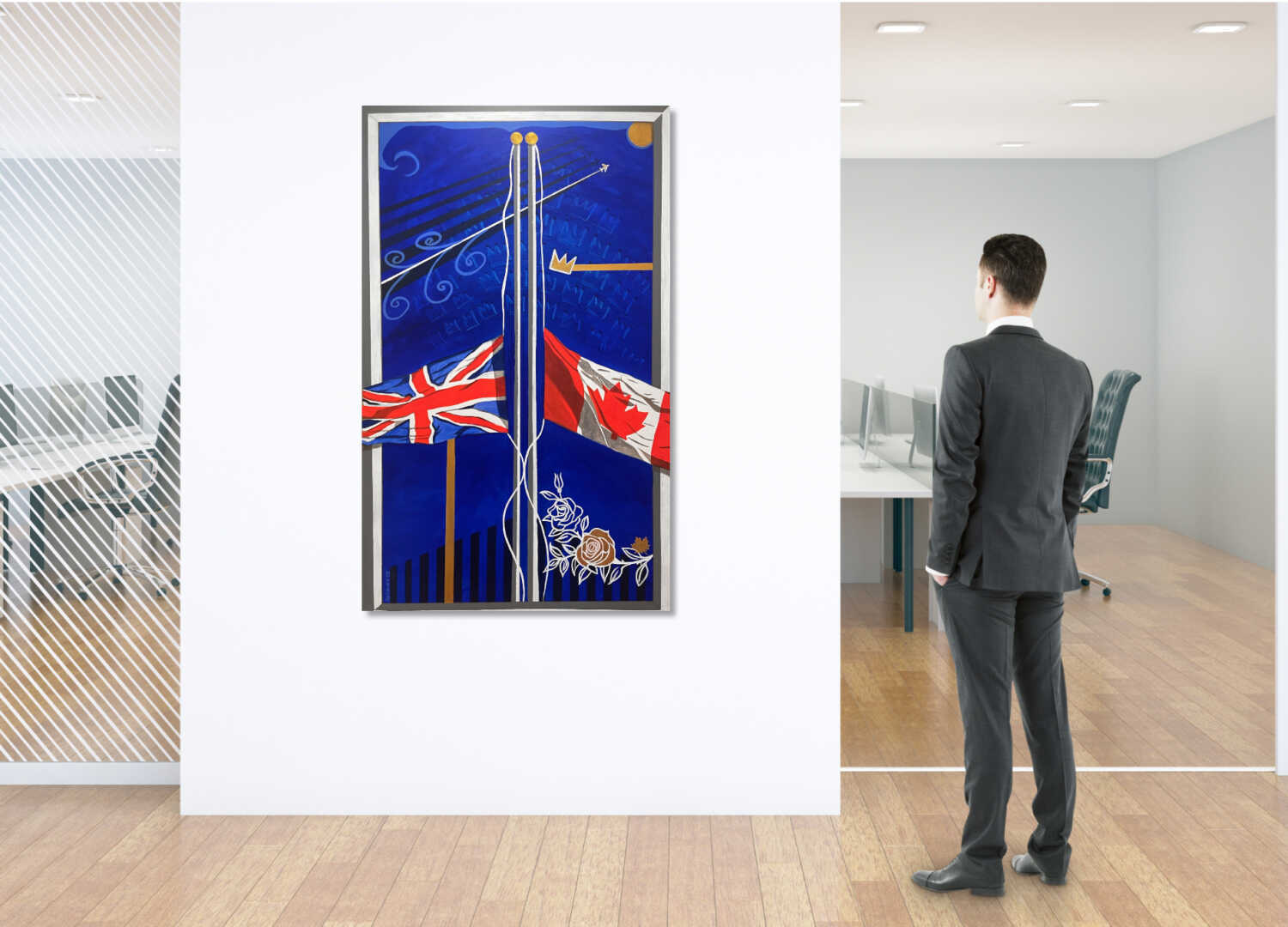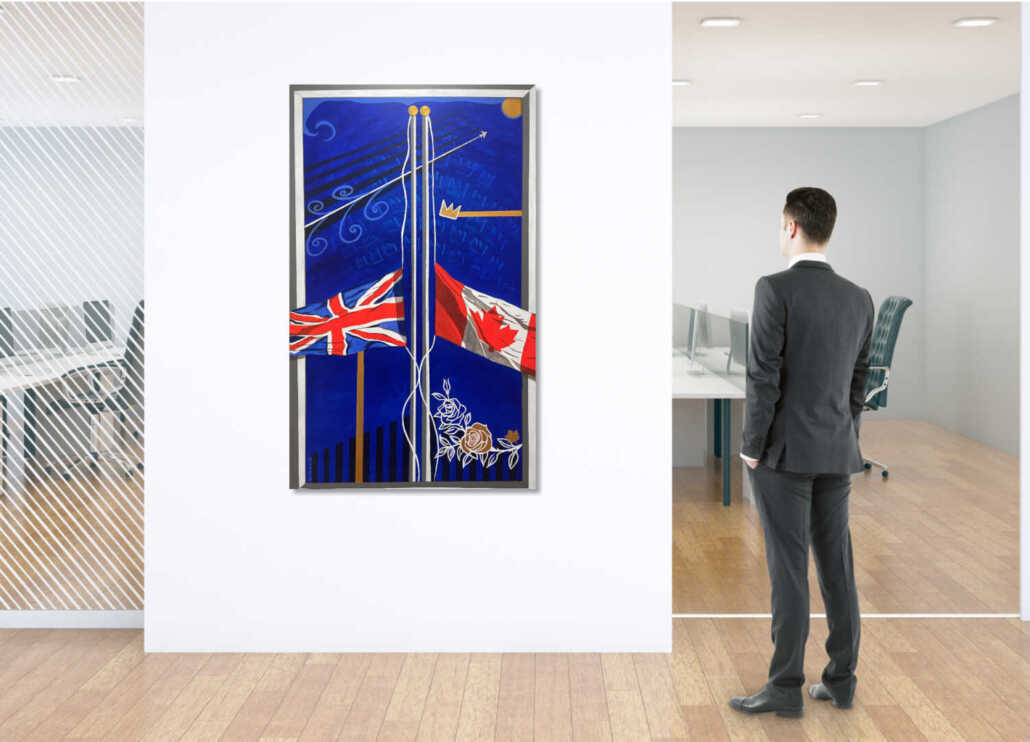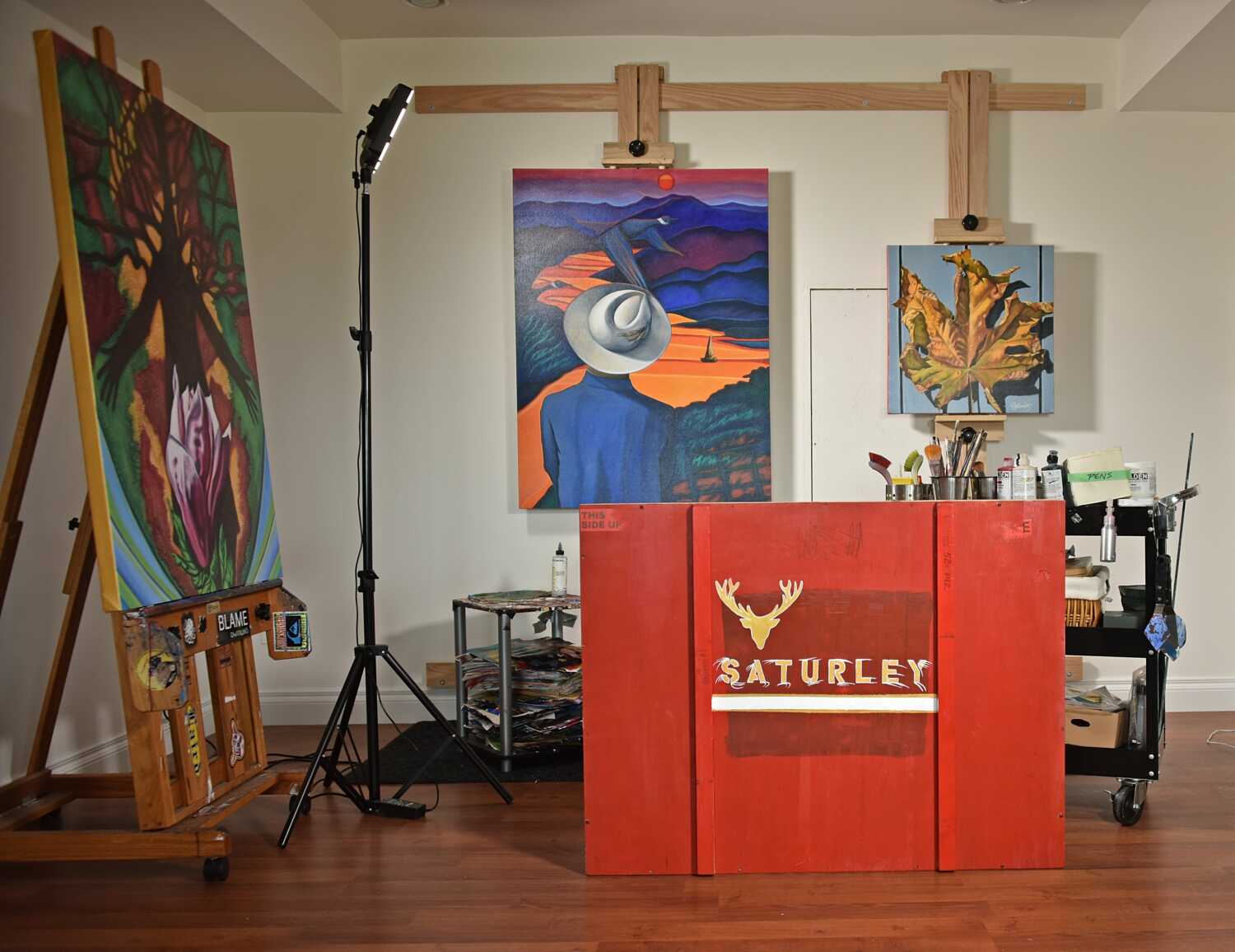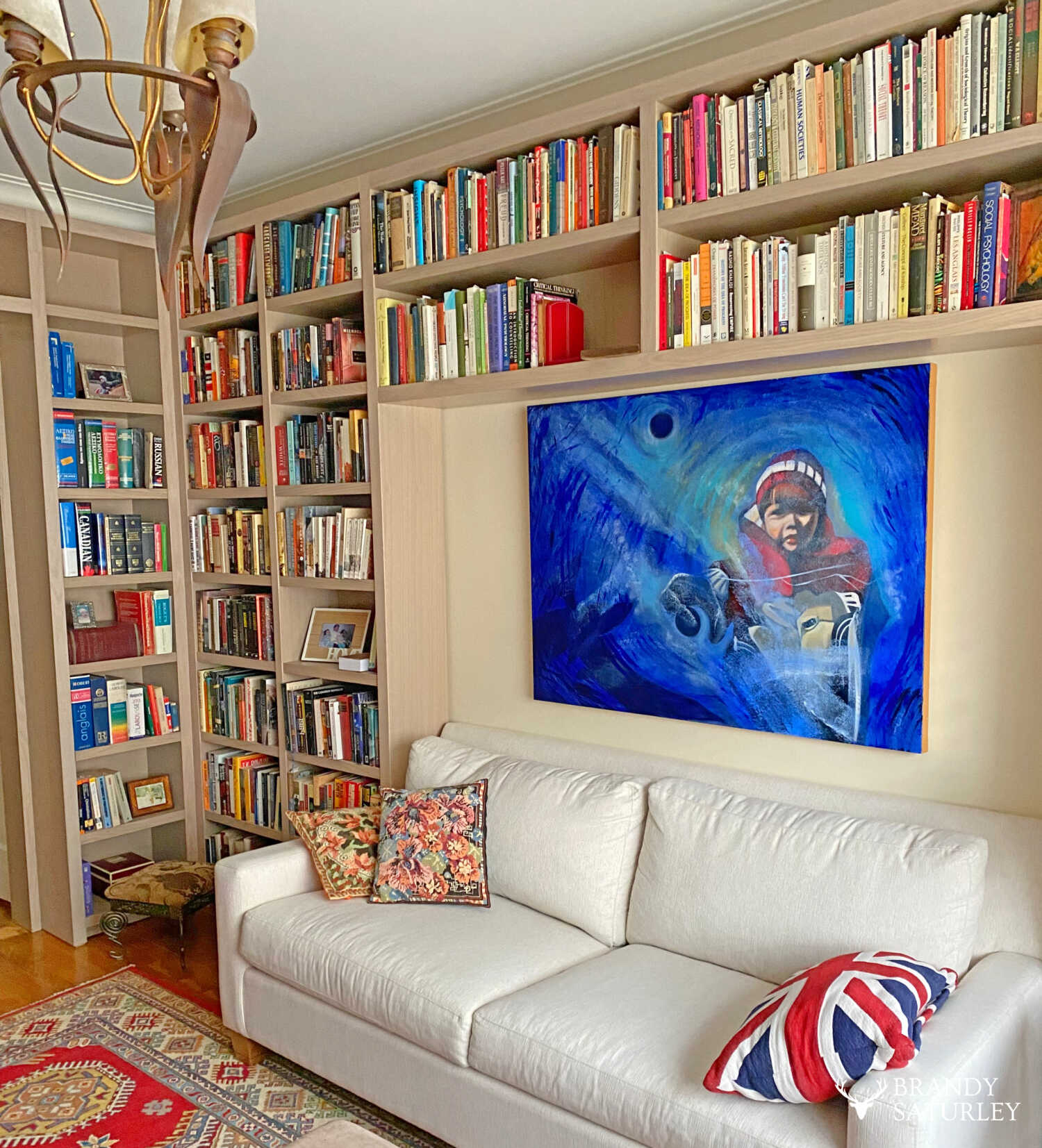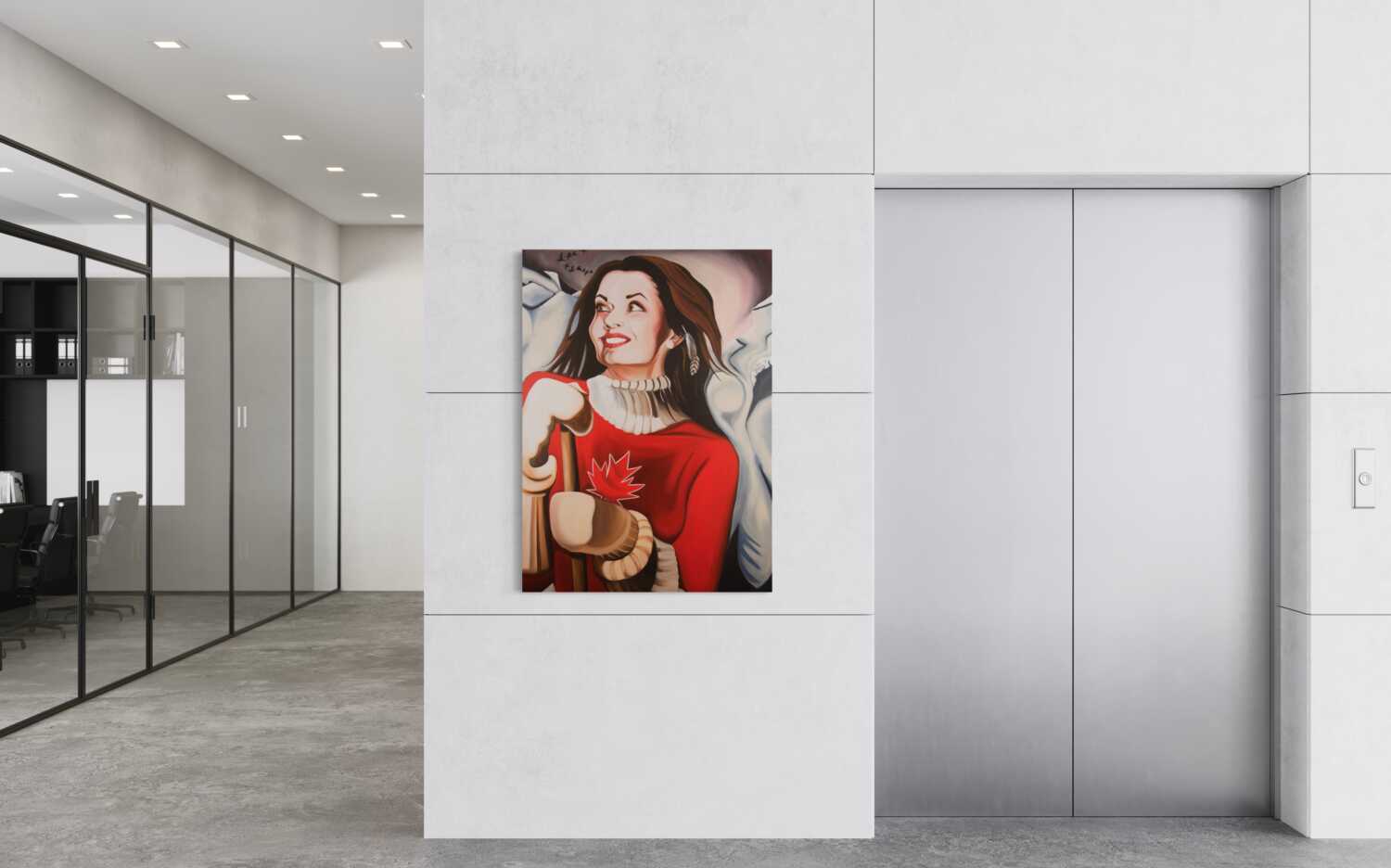Art Investment on the Rise
Art Investment on the Rise
Did you know that Art has overtaken cars and watches to become the fastest growing luxury asset?
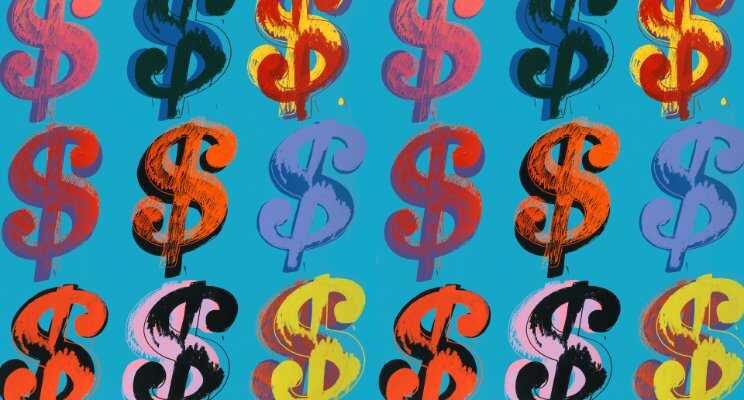
Absolutely, art has become a popular and increasingly attractive asset for investors. In fact, recent reports indicate that art has overtaken cars and watches to become the fastest growing luxury asset. The art market has shown impressive growth in recent years, with many investors seeing significant returns on their art investments. With Art Investment on the rise, Here are the top ten reasons why you should consider investing in art:
- Tangible Asset: Art is a tangible asset, which means that you can physically hold and display it. Unlike stocks or bonds, which exist only on paper, art can be seen and enjoyed in person, making it a more satisfying and enjoyable investment.
- Diversification: Investing in art can help you diversify your portfolio. Art prices have historically had a low correlation with traditional financial assets like stocks and bonds, which means that investing in art can help reduce your overall portfolio risk.
- Limited Supply: Art is a finite asset, meaning that there is only a limited amount of it available. This scarcity can help drive up prices, making art a potentially valuable investment.
- Long-Term Investment: Investing in art is typically a long-term investment, meaning that it can provide you with a stable source of income over an extended period. Unlike stocks, which can be volatile and unpredictable, art tends to appreciate slowly and steadily over time.
- Appreciation Potential: Art can appreciate in value rapidly, especially if the artist becomes well-known or if the artwork gains cultural or historical significance. Many investors have made substantial profits from buying art at relatively low prices and selling them later at significantly higher prices.
- Potential Tax Benefits: Art can provide significant tax benefits for investors. For example, if you donate a piece of art to a museum or non-profit organization, you may be eligible for a tax deduction based on the artwork’s fair market value.
- Social and Cultural Significance: Investing in art allows you to participate in the cultural and social significance of the art world. Art has the power to convey messages, create dialogues, and spark conversations about important issues in society.
- Portfolio Hedge: Art can serve as a hedge against inflation and currency fluctuations. Since art is a physical asset, it can retain its value even in times of economic uncertainty or inflation.
- Portable: Art is portable, which means that you can easily transport it and sell it in different markets around the world. This flexibility can help you take advantage of different opportunities in the global art market.
- Emotional Value: Finally, art has emotional value, which means that it can provide you with personal satisfaction and enjoyment. Investing in art can be a rewarding and fulfilling experience, allowing you to appreciate and enjoy the beauty and creativity of the artwork.
In conclusion, investing in art can be a wise decision for many reasons. With its tangibility, diversification benefits, limited supply, long-term investment potential, appreciation potential, tax benefits, cultural significance, portfolio hedging capabilities, portability, and emotional value, art is an attractive and unique asset class. If you’re considering investing in art, it’s essential to do your research, work with experienced art advisors, and carefully consider the risks and potential rewards of each investment opportunity. With the right approach, investing in art can be a valuable and profitable addition to your portfolio. Read more about investing in Canadian Art here.
The information provided here is not investment advice. You should consult with a licensed professional for advice concerning your specific situation.

